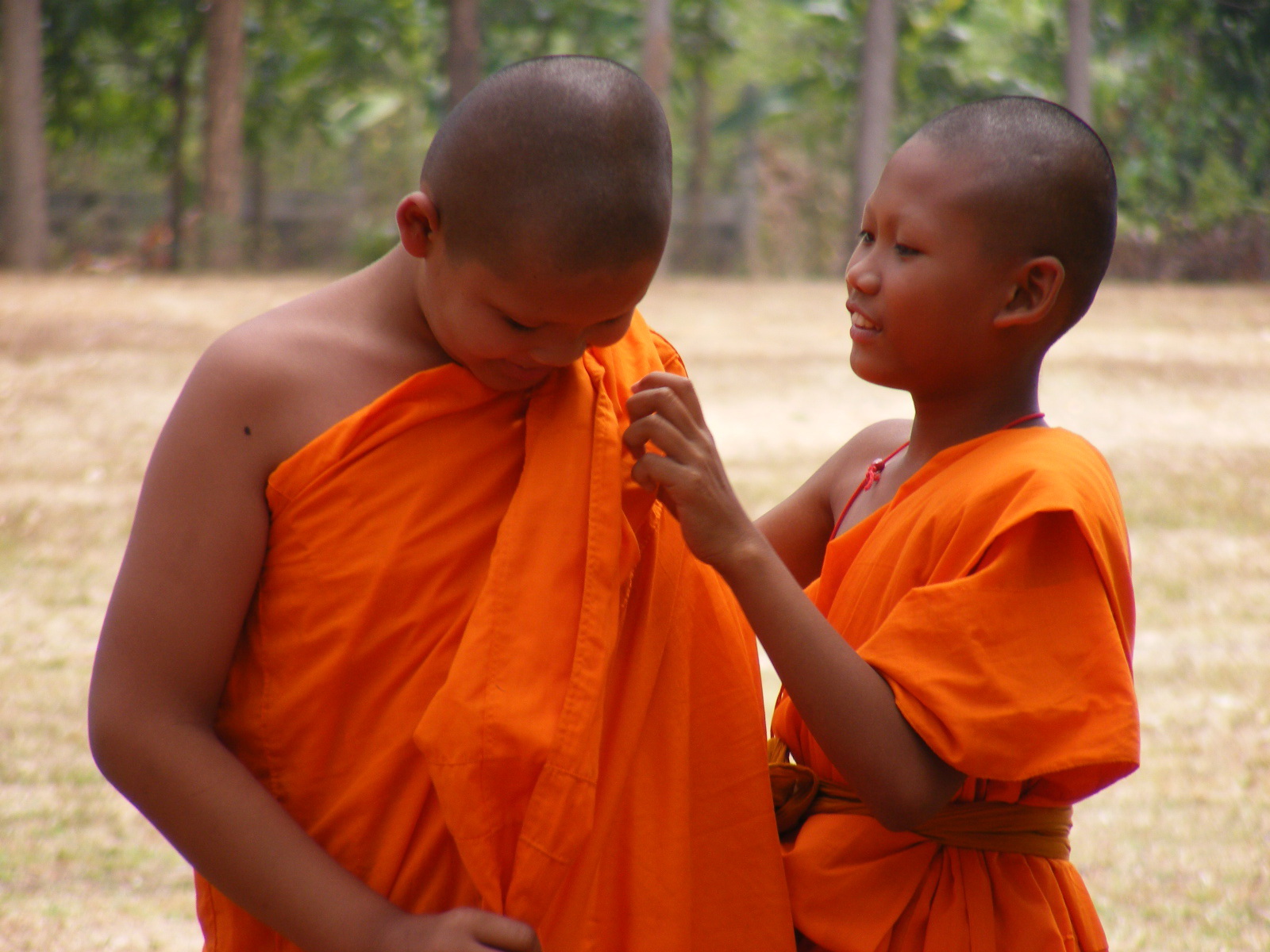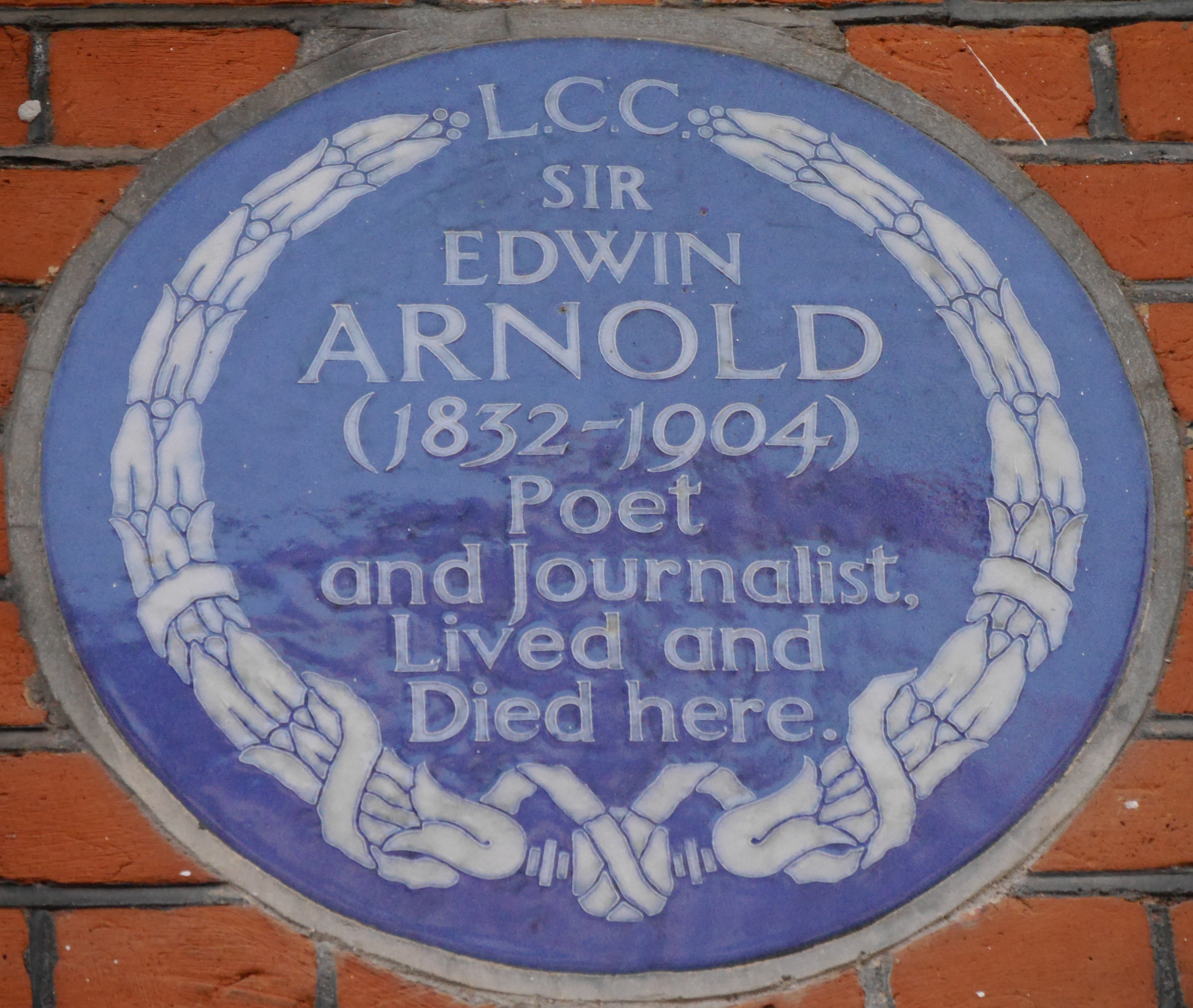|
Great Renunciation
The Great Renunciation or Great Departure (Sanskrit: ''mahābhiniṣkramaṇa''; Pali: ''mahābhinikkhamana'') is the traditional term for the departure of Gautama Buddha ( BCE) from his palace at Kapilavastu to live a life as an ascetic (, ). It is called the Great Renunciation because it is regarded as a great sacrifice. Most accounts of this event can be found in post-canonical Buddhist texts from several Buddhist traditions, which are the most complete. These are, however, of a more mythological nature than the early texts. They exist in Pāli, Sanskrit and Chinese language. According to these accounts, at the birth of Prince Siddhārtha Gautama, the Buddha-to-be, brahmin priests predicted that he would either become a world teacher or a world ruler. To prevent his son from turning to religious life, Prince Siddhārtha's father and '' rāja'' of the Śākya clan Śuddhodana did not allow him to see death or suffering, and distracted him with luxury. During his childhood, ... [...More Info...] [...Related Items...] OR: [Wikipedia] [Google] [Baidu] |
Great Departure - Schist - Ca 2nd Century CE - Gandhara - Loriyan Tangai - ACCN 5043 - Indian Museum - Kolkata 2016-03-06 1480
Great may refer to: Descriptions or measurements * Great, a relative measurement in physical space, see Size * Greatness, being divine, majestic, superior, majestic, or transcendent People * List of people known as "the Great" * Artel Great (born 1981), American actor * Great Osobor (born 2002), Spanish-born British basketball player Other uses * Great (1975 film), ''Great'' (1975 film), a British animated short about Isambard Kingdom Brunel * Great (2013 film), ''Great'' (2013 film), a German short film * Great (supermarket), a supermarket in Hong Kong * GReAT, Graph Rewriting and Transformation, a Model Transformation Language * Gang Resistance Education and Training, or GREAT, a school-based and police officer-instructed program * Global Research and Analysis Team (GReAT), a Kaspersky Lab#Malware discovery, cybersecurity team at Kaspersky Lab *''Great! (EP), Great!'', a 2018 EP by Momoland *Great! TV, British TV channel group *The Great (TV series), ''The Great'' (TV series), ... [...More Info...] [...Related Items...] OR: [Wikipedia] [Google] [Baidu] |
Kasaya (clothing)
''Kāṣāya''} are the robes of fully ordained bhikkhu, Buddhist monks and bhikkhuni, nuns, named after a brown or saffron dye. In Sanskrit and Pali, these robes are also given the more general term ''cīvara'', which references the robes without regard to color. Origin and construction Buddhist kāṣāya are said to have originated in ancient India as a set of robes for monks who followed the teachings of Gautama Buddha. A notable variant has a pattern reminiscent of an Asian rice field. Original kāṣāya were constructed of discarded textile, fabric. These were stitched together to form three rectangular pieces of cloth, which were then fitted over the body in a specific manner. The three main pieces of cloth are the ''antarvāsa'', the ''uttarāsaṅga'', and the '. Together they form the "triple robe," or ''ticīvara''. The ticīvara is described more fully in the Theravāda Vinaya. Antarvāsa (Antaravāsaka) The antarvāsa is the inner robe covering the lower body. I ... [...More Info...] [...Related Items...] OR: [Wikipedia] [Google] [Baidu] |
Jorge Luis Borges
Jorge Francisco Isidoro Luis Borges Acevedo ( ; ; 24 August 1899 – 14 June 1986) was an Argentine short-story writer, essayist, poet and translator regarded as a key figure in Spanish literature, Spanish-language and international literature. His best-known works, () and (), published in the 1940s, are collections of short stories exploring motifs such as dreams, labyrinths, Indeterminism, chance, infinity, archives, mirrors, fictional writers and mythology. Borges's works have contributed to philosophical literature and the fantasy genre, and have had a major influence on the magical realism, magical realist movement in 20th century Latin American literature.Theo L. D'Haen (1995) "Magical Realism and Postmodernism: Decentering Privileged Centers", in: Louis P. Zamora and Wendy B. Faris, ''Magical Realism: Theory, History and Community''. Duhan and London, Duke University Press, pp. 191–208. Born in Buenos Aires, Borges later moved with his family to Switzerland in 1914, ... [...More Info...] [...Related Items...] OR: [Wikipedia] [Google] [Baidu] |
Edwin Arnold
Sir Edwin Arnold (10 June 1832 – 24 March 1904) was an English poet and journalist. He is best known for his 1879 work, '' The Light of Asia''. Born in Gravesend, Kent, Arnold's early education at King's School, Rochester, and later at King's College London and University College, Oxford, laid the groundwork for his career. Initially a schoolmaster and later the Principal of the Deccan College in India, Arnold's experiences abroad influenced his literary endeavors. He became associated with ''The Daily Telegraph'', serving as its editor-in-chief, and facilitated H. M. Stanley's exploration of Africa. Arnold's poem, ''The Light of Asia'', an exploration of Buddhist philosophy through the life of Prince Gautama, earned him widespread acclaim. Despite the success of this work, his later attempts to emulate its triumph with ''The Light of the World'' centered on Jesus Christ, faced mixed reception. Arnold's personal life was marked by multiple marriages, including one to a Ja ... [...More Info...] [...Related Items...] OR: [Wikipedia] [Google] [Baidu] |
Barlaam And Josaphat
Barlaam and Josaphat, also known as Bilawhar and Budhasaf, are Christian saints. Their story tells of the conversion of Josaphat to Christianity. According to tradition, an Indian king persecuted the Christian Church in his realm. After astrologers predicted that his own son would some day become a Christian, the king imprisoned the young prince Josaphat, who nevertheless met the hermit Saint Barlaam and converted to Christianity. After much tribulation the young prince's father accepted the Christian faith, turned over his throne to Josaphat, and retired to the desert to become a hermit. Josaphat himself later abdicated and went into seclusion with his old teacher Barlaam.The Golden Legend: The Story of Barlaam and Josaphat History The story of Bar ...[...More Info...] [...Related Items...] OR: [Wikipedia] [Google] [Baidu] |
Buddhist Art
Buddhist art is visual art produced in the context of Buddhism. It includes Buddha in art, depictions of Gautama Buddha and other Buddhas and bodhisattvas in art, Buddhas and bodhisattvas, notable Buddhist figures both historical and mythical, narrative scenes from their lives, mandalas, and physical objects associated with Buddhist practice, such as vajras, bells, stupas and Buddhist architecture, Buddhist temple architecture. Buddhist art originated in the north of the Indian subcontinent, in modern India, Pakistan and Afghanistan, with the earliest survivals dating from a few centuries after the historical life of Gautama Buddha, Siddhartha Gautama from the 6th to 5th century BCE. As Buddhism spread and evolved in each new host country, Buddhist art followed in its footsteps. It developed to the north through Central Asia and into Eastern Asia to form the Northern branch of Buddhist art, and to the east as far as Southeast Asia to form the Southern branch of Buddhist art. In ... [...More Info...] [...Related Items...] OR: [Wikipedia] [Google] [Baidu] |
Enlightenment In Buddhism
The English term ''enlightenment'' is the Western translation of various Buddhist terms, most notably ''bodhi'' and ''vimutti''. The abstract noun ''bodhi'' (; Sanskrit: बोधि; Pali: ''bodhi'') means the knowledge or wisdom, or awakened intellect, of a Buddha. The verbal root ''budh-'' means "to awaken", and its literal meaning is closer to awakening. Although the term '' buddhi'' is also used in other Indian philosophies and traditions, its most common usage is in the context of Buddhism. ''Vimutti'' is the freedom from or release of the fetters and hindrances. The term ''enlightenment'' was popularised in the Western world through the 19th-century translations of British philologist Max Müller. It has the Western connotation of general insight into transcendental truth or reality. The term is also being used to translate several other Buddhist terms and concepts, which are used to denote (initial) insight ('' prajna'' (Sanskrit), '' wu'' (Chinese), '' kensho'' and ... [...More Info...] [...Related Items...] OR: [Wikipedia] [Google] [Baidu] |
Maurya
The Maurya Empire was a geographically extensive Iron Age historical power in South Asia with its power base in Magadha. Founded by Chandragupta Maurya around c. 320 BCE, it existed in loose-knit fashion until 185 BCE. The primary sources for the written records of the Mauryan times are partial records of the lost history of Megasthenes in Roman texts of several centuries later; the Edicts of Ashoka, which were first read in the modern era by James Prinsep after he had deciphered the Brahmi and Kharoshthi scripts in 1838; and the ''Arthashastra'', a work first discovered in the early 20th century,: "... another source that enjoyed high standing as a description of the early Mauryan state was the Arthashastra, a treatise on power discovered in the early twentieth century." and previously attributed to Chanakya, but now thought to be composed by multiple authors in the first centuries of the common era. Archaeologically, the period of Mauryan rule in South Asia falls i ... [...More Info...] [...Related Items...] OR: [Wikipedia] [Google] [Baidu] |
Cakravartin
A ''chakravarti'' (, ) is an ideal (or idealized) universal ruler, in the history, and religion of India. The concept is present in Indian subcontinent cultural traditions, narrative myths and lore. There are three types of chakravarti: ''chakravala chakravarti'', an emperor who rules over all four of the continents (i.e., a universal monarch); ''dvipa chakravarti'', a ruler who governs only one of those continents; and ''pradesha chakravarti'', a monarch who leads the people of only a part of a continent, the equivalent of a local king. Dvipa chakravarti is particularly one who rules the entire Indian subcontinent (as in the case of the Mauryan Empire). The first references to a ''Chakravala Chakravartin'' appear in monuments from the time of the early Maurya Empire, in the 4th to 3rd century BCE, in reference to Emperor Ashoka. The word is a bahuvrīhi compound word, translating to "one who move the wheels", in the sense of "whose chariot is rolling everywhere without ob ... [...More Info...] [...Related Items...] OR: [Wikipedia] [Google] [Baidu] |
Karuṇā
() is generally translated as compassion or mercy and sometimes as self-compassion or spiritual longing. It is a significant spiritual concept in the Indic religions of Hinduism, Buddhism, Sikhism, and Jainism. Hinduism In Hinduism, is one of the fundamental virtues and qualities that a spiritual aspirant is encouraged to cultivate. Many Hindu deities are depicted as embodiments of compassion. Karuṇā is often linked with other virtues such as "Maitri" (loving-kindness) and "Ahimsa" (non-violence). Together, these virtues form the foundation of a righteous and spiritually fulfilling life. The word comes from the Sanskrit kara, meaning “to do” or “to make,” indicating an action-based form of compassion, rather than the pity or sadness associated with the English word. In Hindu mythology, the concept of "Karuṇā" or compassionate action is deeply embedded and is often illustrated through stories, characters, and teachings. Each avatar's story of Hindu pantheon is ... [...More Info...] [...Related Items...] OR: [Wikipedia] [Google] [Baidu] |
Sanskrit
Sanskrit (; stem form ; nominal singular , ,) is a classical language belonging to the Indo-Aryan languages, Indo-Aryan branch of the Indo-European languages. It arose in northwest South Asia after its predecessor languages had Trans-cultural diffusion, diffused there from the northwest in the late Bronze Age#South Asia, Bronze Age. Sanskrit is the sacred language of Hinduism, the language of classical Hindu philosophy, and of historical texts of Buddhism and Jainism. It was a lingua franca, link language in ancient and medieval South Asia, and upon transmission of Hindu and Buddhist culture to Southeast Asia, East Asia and Central Asia in the early medieval era, it became a language of religion and high culture, and of the political elites in some of these regions. As a result, Sanskrit had a lasting effect on the languages of South Asia, Southeast Asia and East Asia, especially in their formal and learned vocabularies. Sanskrit generally connotes several Indo-Aryan languages# ... [...More Info...] [...Related Items...] OR: [Wikipedia] [Google] [Baidu] |







